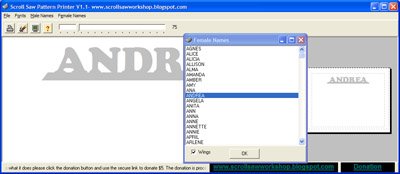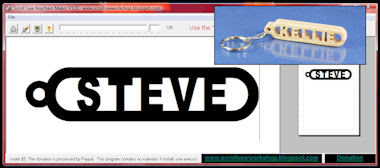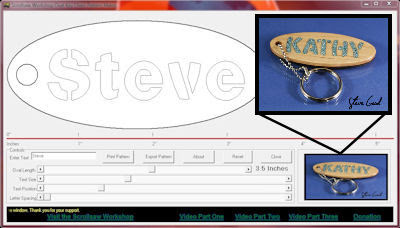I received an email from a reader this afternoon. She explained to me what a lucet was. Apparently it is a medieval tool used to make cord or braided decorations for clothing and crafts. She ask if I could make a pattern for one. This is not something I had ever heard of so off to Google I went to research the tool. After a couple hours of watching Youtube video and reading about the tool I decided to give it a go. Textile crafts are not in my comfort zone but this looked easy and I thought it mught make a nice project for the blog.
I have to say that it is very easy to use the tool but a bit more difficult to master it. When you first get started the cord is a little lumpy. After some practice it starts to get better. I have embedded a tutorial video below that shows the technique. I didn't produce the video. I didn't think was skilled enough to do it justice. The teacher in the video does a good job of showing how it works without getting too wordy.
Archaeological finds and a literary description of lucets strongly suggest that its use declined after the 12th century, but was revived in the 17th century. Its use waned again in the early 19th century.
A modern lucet fork, like that pictured, is normally made of wood, with two prongs at one end and a handle on the other. It may also have a hole through which the cord can be pulled. Medieval lucets, in contrast, appear to be double-pronged, straight-sided implements, often made of bone. Some were shaped from hollowed bones, left tubular, presumably so that the cord could be drawn through the centre hole.[Source Wikipedia]




























